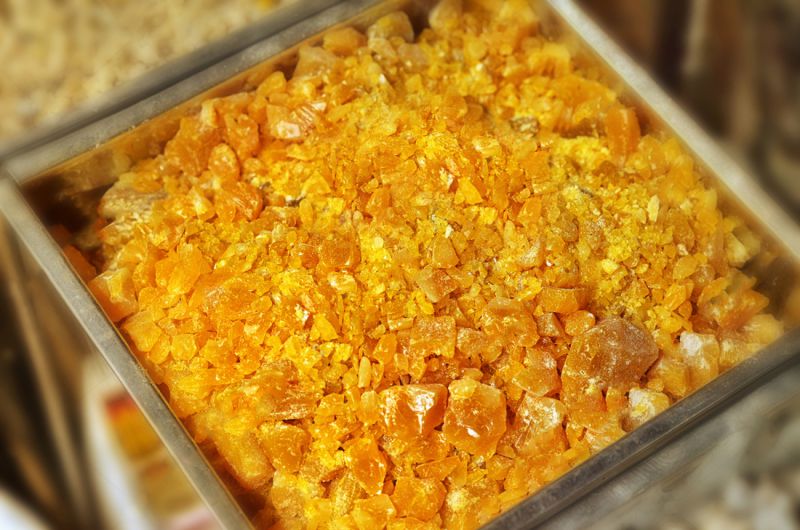

How to Distinguish Natural Amber and How to Use It: Tips and Recommendations
Amber, with its warm glow and timeless appeal, has been cherished for centuries as a gemstone and a material for art and jewelry. However, with the market flooded with imitations and synthetic alternatives, distinguishing natural amber can be challenging. In this article, we will explore how to identify authentic amber and share tips on how to use this beautiful material in various ways. For more insights and expert advice on gemstones and their uses, visit ukrburshtyn.com.

Identifying Natural Amber
Natural amber is a fossilized tree resin that has been formed over millions of years. It often contains inclusions like insects, plants, or air bubbles, which add to its uniqueness and value. Here are some methods to help you distinguish natural amber from imitations:
-
Visual Inspection:
- Inclusions: Natural amber often contains organic inclusions like insects, leaves, or small air bubbles. These inclusions are usually well-preserved and add to the amber's authenticity.
- Color: While natural amber comes in various shades, from pale yellow to deep brown, it typically has a warm, golden hue. Beware of overly bright or unnaturally uniform colors, which may indicate synthetic materials.
-
Touch and Feel:
- Weight: Natural amber is lightweight compared to glass or plastic imitations. When held, it should feel light and warm to the touch.
- Texture: Genuine amber has a smooth, slightly waxy texture. When rubbed, it can produce a static charge, causing small paper bits to stick to it.
-
Float Test:
- Dissolve a few tablespoons of salt in a glass of water. Place the amber in the solution. Natural amber will float, while most imitations, like glass or plastic, will sink.
-
Hot Needle Test:
- Heat a needle and gently press it against the amber in an inconspicuous spot. Natural amber will emit a pleasant pine scent when touched with a hot needle, while imitations may smell like plastic or chemicals. Note: This test can damage the amber, so use it cautiously and only if necessary.
-
UV Light Test:
- When exposed to UV light, natural amber typically fluoresces a blue or green color. This test can help distinguish amber from some synthetic resins, which may not fluoresce or display a different color.

Using Natural Amber
Once you've identified your amber as natural, there are many ways to enjoy and utilize this beautiful material:
-
Jewelry:
- Amber is a popular choice for necklaces, bracelets, earrings, and rings. Its warm colors complement various skin tones and outfits. When designing or purchasing amber jewelry, consider the color and clarity of the amber, as well as the setting and craftsmanship.
-
Decorative Items:
- Amber can be carved into figurines, sculptures, or decorative items for the home. Its natural beauty and unique inclusions make each piece a conversation starter and a work of art.
-
Healing and Wellness:
- Amber has been used in traditional medicine for its supposed healing properties. It is believed to have calming and anti-inflammatory effects. Amber beads or jewelry are often worn for their perceived health benefits, especially for teething infants.
-
Perfume and Incense:
- Amber has a warm, resinous scent that is often used in perfumes and incense. Amber oil or resin can be added to fragrance blends to create a soothing and exotic aroma.
-
Art and Craft Projects:
- Amber can be incorporated into various art and craft projects, such as mosaics, inlays, or resin casting. Its unique patterns and colors add a touch of natural beauty to creative endeavors.
Natural amber is a versatile and enchanting material that has captivated people for centuries. By understanding how to distinguish it from imitations, you can confidently select genuine amber pieces and explore the many ways to use and appreciate this ancient gemstone. Whether you wear it as jewelry, display it as art, or enjoy its soothing properties, amber offers a timeless connection to the natural world.
